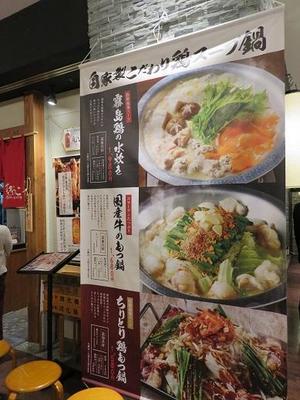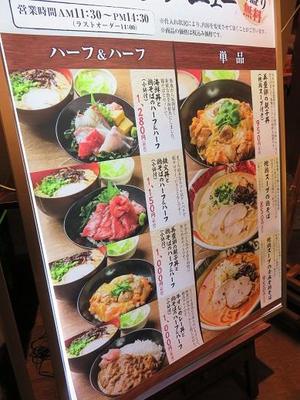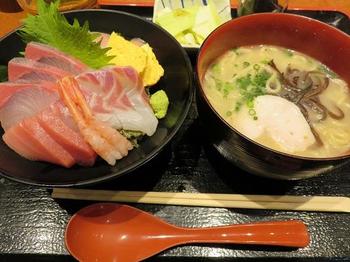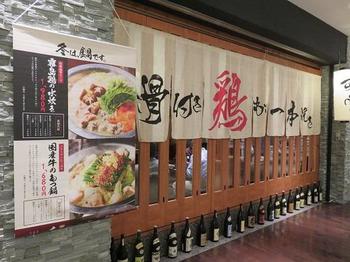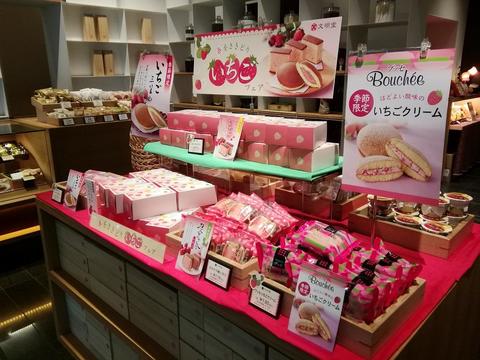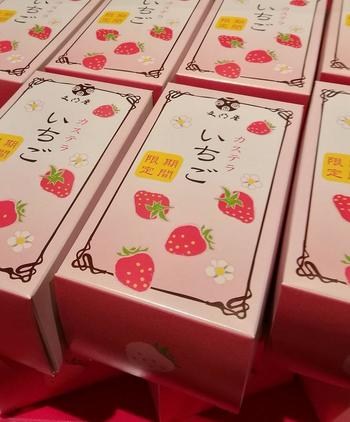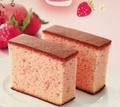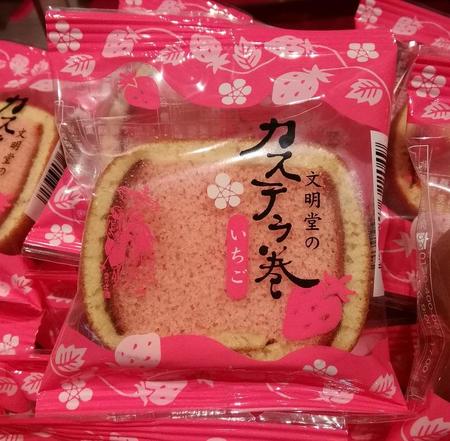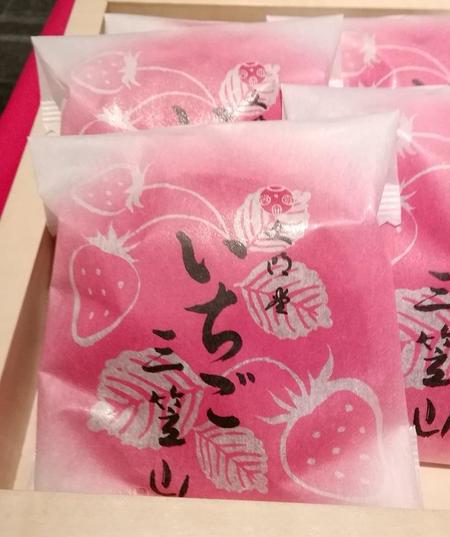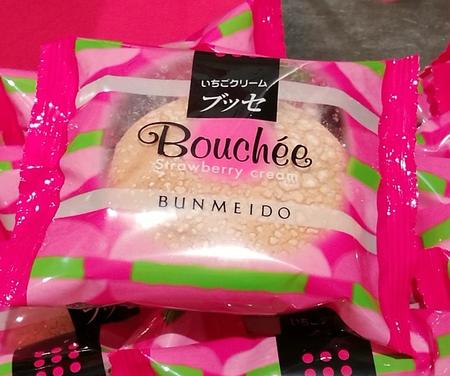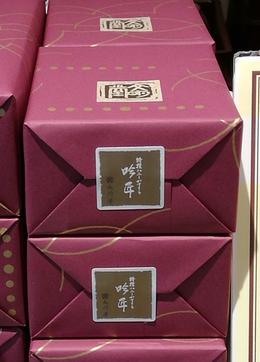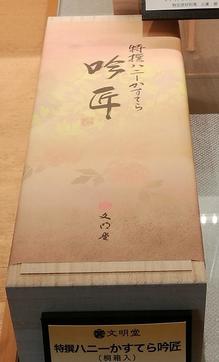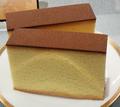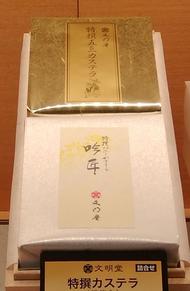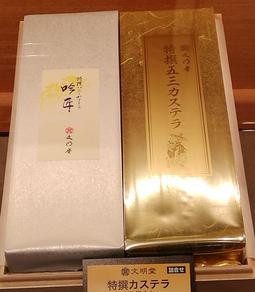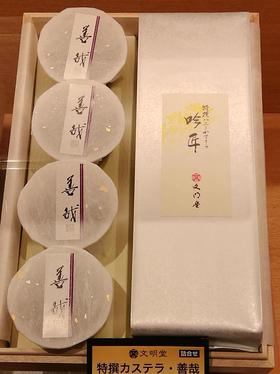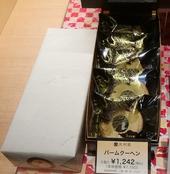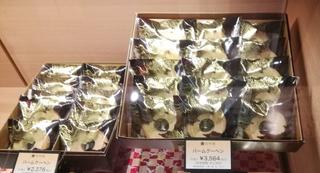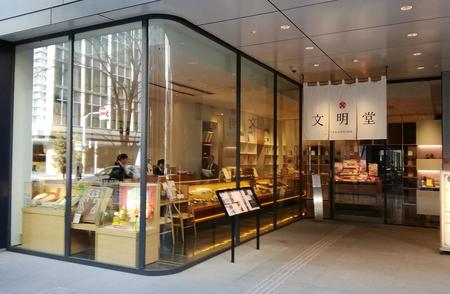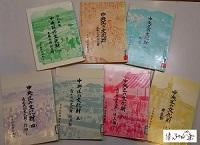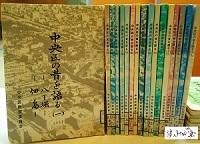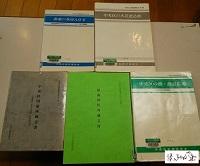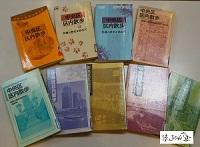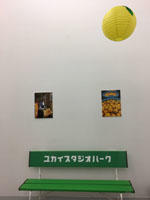Hello. This is a new correspondent, Hanes.![]()
![]()
Do you have anything to look at when you walk around the town?
I think there are various shops where you can line up, show windows, roadside flowers, passersby, etc.
In addition to the water outlets (Part 1 and Part 2), which I talked about before, I would like to talk about.
You will also see the reference points (especially triangular points and benchmarks) used for map creation and surveying.
Some climbers may have seen a triangular point at the summit.![]()
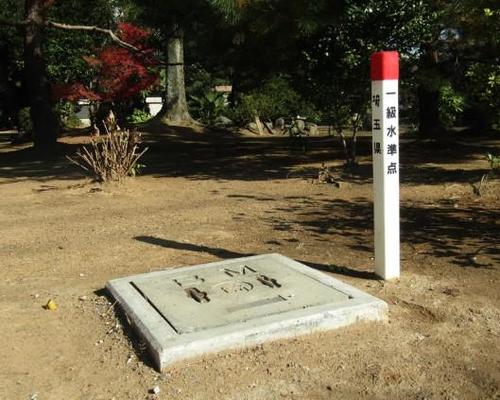
Among the many triangular points and benchmarks in the whole country, I particularly like it.
It's called a punctuality standard!
The number of these benchmarks is limited even when viewed throughout Japan, and remains biased toward large cities.
The feature is a mark similar to the kanji character "No".
Unlike ordinary benchmarks, there is no easy-to-understand indication that this is a benchmark.
It's a mysterious mark known to those who know quietly exist in unexpected places.![]()
In the exhibition on the sluice gates by supporters of the local Tenmonkan at Time Dome Akashi, the event was held.
This meticulous level is also introduced.
In this blog, senior correspondents Jute and Akira Makibuchi / Sai Sharaku were also featured.
In Chuo-ku, there is one meticulous level point and one place related to it.
This time, I would like to introduce some examples that can be seen outside the ward.![]()
■Encounter with meticulous standards and mysterious relationships
The kindness of a resident of U.K. to take me to an old church....
I found a mysterious "non" mark engraved on the outer wall.
At first, I thought it was a mischief or something like a stone wall stamp in Japan, so I didn't care about it, but the more I visited historic sites, the more I saw it, the more I saw it.
I began to wonder if this had any meaning.![]()
About a year later, when I started volunteering at a cathedral in a city registered in World Heritage, I started a volunteer guide.
Coincidentally, I found the same mark that is quietly engraved under the door of the church!
Suddenly, when I checked with the volunteer leader, the identity of the mysterious mark was confirmed.
I understand that this is a meticulous level in Japan.![]()
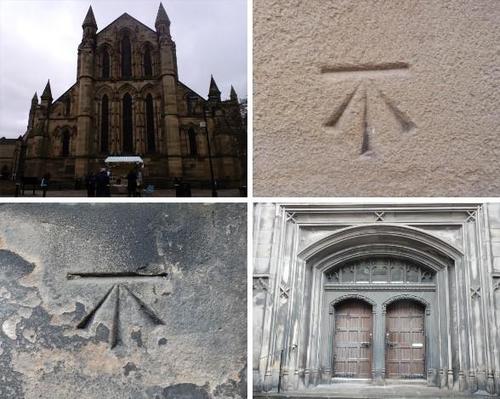
(Upper: punctuality of encounters, lower: punctuality of volunteer destinations)
■Tour of meticulous and triangular points in U.K.
Since then, I have started walking by taking pictures of meticulous level and triangular points, like collecting stamps and commemorative coins.
Historic buildings is only marked with a mark.
I realized that a numbered plate (called Flush Bracket locally) has been installed on the top of new buildings and mountains and hills.
I came to know that OSBM on the plate is an abbreviation for Ordnance Survey Bench Mark (British Land Surveying Department benchmark).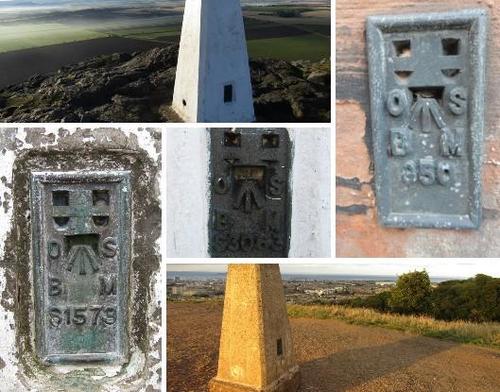
■Critical Levels in Japan
After returning to Japan, I heard that Japan has a low level of this type.
Taking advantage of the opportunity of a business trip, the first place I headed was Osaka Castle.
I was sorry that I was half hidden, but I was able to find it safely.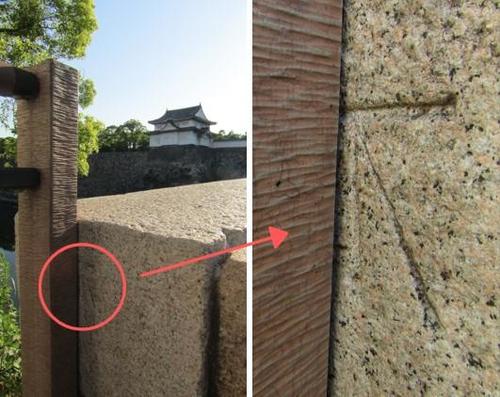
Next, I would like to see an example in Tokyo, a flat stone near the Shinji Pond in Hibiya Park.
I went to see what is engraved on Eboshiishi and what remains in the Imperial Palace.![]()

■Meticulous level in Chuo-ku
Although the introductory has become longer, there is one point left in Chuo-ku, so the destination we headed....
Ichiishibashi lost stone marker built in 1857 (1857) *!
(* How to remember the Hanes style: dislike (18), this (5) Nana (7) lost child. I'm relieved (Ansei) (4). It can be found here![]() .
.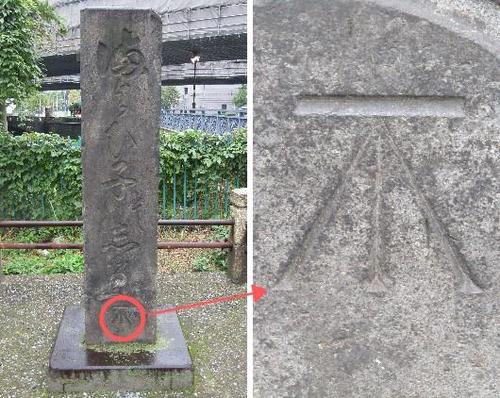
It is engraved quietly at the bottom, so check it out when you go nearby.![]()
According to the exhibition commentary by Time Dome Akashi, English-style inch was adopted as the benchmark in the early Meiji era.
It is said that the horizontal bar attached a "non"-shaped meticulous level point indicating the altitude to stone pillars, signposts, lanterns, torii, etc.
Later, the surveying business shifted to a German style, and in 1891, "Rei Kishi Shimashin Point / Crossing" (meaning intersection No. 0 on the standard route) was established.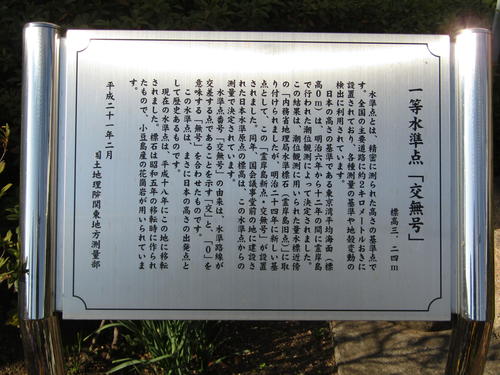
The one near Chuo-ohashi Bridge is said to have been relocated in 2006.![]()
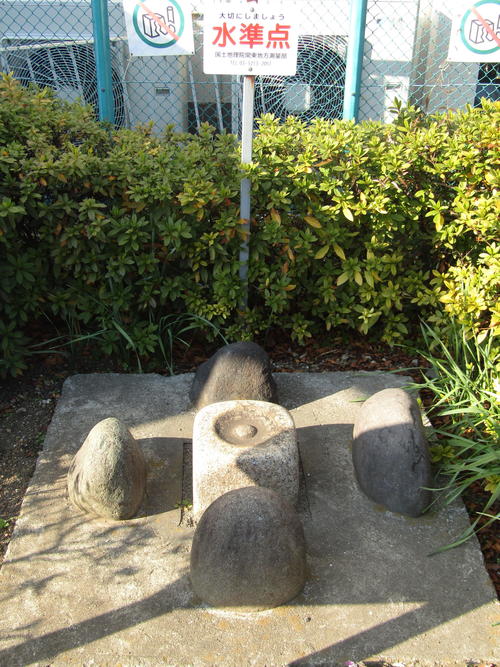
In this way, in Chuo-ku, we can follow a part of the history of development of benchmarks.
■For those who are interested in punctuality.
At an event hosted by the Geographical Survey Institute, which is held before and after the survey day (June 3).
The Japanese standard on the site of the Kensei Memorial Hall (the site of the Land Survey Department) will be open to the public.
It is a valuable opportunity to see what is the standard of height in Japan up close.![]()
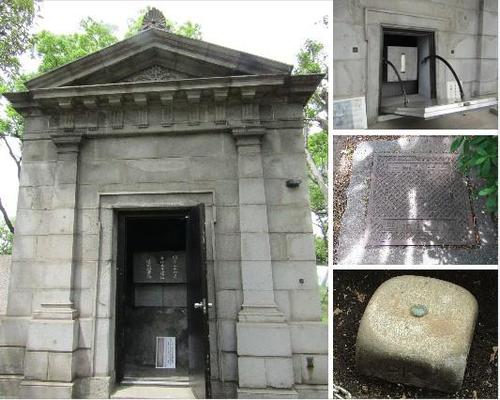
There are some interesting stories that can only be heard at this event.
If you are interested in the standard, please come and visit us.
You may deepen your understanding of the implications in the city.![]()
Chuo-ku Tourism Association Official Blog
Chuo-ku Tourism Association correspondent blog
Introducing Chuo-ku's seasonal information by sightseeing volunteer members who passed the Chuo-ku Tourism Association's Chuo-ku Tourism Certification and registered as correspondents.
List of AuthorsRecent blog post
|
Look for the mysterious mark "No" and 3,000 ri
"Half & Half" lunch [Suginoko]
This is a lunch at Suginoko, an izakaya Here, the lineup of "Half & Half" is wonderful, and today we order "Half & Half of Seafood bowl and Chicken Soba". Seafood bowls are fresh and big. Chicken soba has a light soup and tasty, and the spicy taste of chili is effective. It looks simple and has chicken charsew. In this shop, both the oyakodon for lunch and the beef sushi curry bowl are delicious, so try it out. After 12:00, there are people lined up at
Spring "Strawberry Fair" ~ Bunmeido Nihonbashi Main Store ~
This is a rosemary sea, which covers "gifts and enjoy yourself" as a task. Bunmeido Nihonbashi Main Store, "Spring ahead" Strawberry Fair "is being held. Please enjoy the taste of the synergistic effect of strawberries and castella created by Bunmeido Tokyo. As it is a seasonal product, please come as soon as possible.
This time, I was also taken care of by the manager of the Hoshino head office of Bunmeido Tokyo Nihonbashi Main Store Co., Ltd. Then, I would like to introduce 4 kinds of strawberries. All prices are tax-included.
Castella baked with strawberry freeze-dried with a slightly sweet scent. It's a cute pink outfit that makes you look forward to spring. Castella baked with strawberry puree is wrapped in dorayaki dough.
Sweet and sour strawberry bean paste is sandwiched between soft dorayaki dough.
Strawberry cream with moderate acidity is sandwiched between the busse dough.
・・・ In addition to these strawberry-related products, we will also introduce two items. Items that have not been introduced yet, that is ... "Ginsho" and "Bamkuchen" are "Specially Selected Honey Kasterra Ginsho".
Left: 0.5K 1,620 yen Right: No. 1B (in paulownia box) 3,240 yen Unique blending with egg luxuriously, exquisite heat adjustment. It is a light mouthfeel castella baked by skilled craftsmen into fine dough one by one. It seems to be the softest castella among Bunmeido's castella. If you taste this texture, it is such a gem that the common sense of castella may be overturned. Please take this product by cutting it into your preferred size.
Assortment of Ginsho 53 Castella Left: No. 1 (in paulownia box) 3,780 yen Right: No. 2 (in paulownia box) 6,480 yen
4,644 yen assemble No. 1 (in paulownia box) assemble 1
Upper left image: 1,242 yen per 5 pieces left in the upper right image: 2,376 yen per 10 pieces Right in the upper right image: 3,564 yen for 15 pieces Craftsmen bake more carefully the dough that uses fermented butter with a good flavor. Rich, moist and soft mouthfeel in shape reminiscent of age of tree. Bunmeido's Baumkuchen is a popular standard item for both snacks and gifts.
Bunmeido Nihonbashi Main Store 1-13-7, Nihonbashimuromachi 03-3241-0002 No holiday Business hours Weekdays 9:30 to 19:00 Saturdays, Sundays and holidays 10:00 to 19:00 Walk on the right side of Edo Sakura-dori St., between COREDO Muromachi 1 and COREDO Muromachi 3 at the corner where Nihonbashi Mitsukoshi's lion statue is located, opposite the building of COREDO Muromachi 2 cuts. Click here for the website of Mr.
Books in Chuo-ku
Hello, this is Minato kid. This time, I would like to introduce books published by Chuo-ku. It is available at all libraries, Chuo Ward Kyobashi Library, Nihonbashi Library, and Tsukishima Library. ♪ Cultural assets of Chuo-ku We introduce many remaining Cultural Heritage in Chuo-ku, which has developed as the center of economic and cultural since the opening of Edo period. A total of 7 books. (Chuo-ku Board of Education, about 21cm, around 80 pages)
(2) Cultural Properties of Chuo-ku Art, Crafts, ancient document, 1976 (3) Cultural Properties Bridge in Chuo-ku, published in 1977 (4) Cultural Property Tangible Folk Cultural Properties of Chuo-ku -Faith-Published in 1981 (5) Cultural Property Tangible Folk Cultural Properties of Chuo-ku-Tools-Published in 1984 (6) Cultural Property Tangible Folk Cultural Properties of Chuo-ku-ku-Tools 2-Published in 1987 (7) Cultural Properties Building in Chuo-ku, published in 1988 ♪ Talking about the old days of Chuo-ku This is a compilation of the contents of the cultural property round-table conference "Meeting about the Old Age", which has been held every year in various parts of the city since 1984. Mainly, people born and raised in Chuo-ku tell about old life and change of town mainly from the state of the town from the early Taisho era, memory of the Great Kanto Earthquake, life in elementary school, etc. . A total of 17 books. (Chuo-ku Board of Education, about 21cm, around 80 pages)
(2) Higashinihombashi, Bakurocho, and Yokoyamacho, which talk about the old days of Chuo-ku, published in 1989 (3) Irifune, Minato, and Tsukishima, which talk about the old days of Chuo-ku (4) Kyobashi Yaesu (2) and Kyobashi Daikon River Bank, which talk about the old days of Chuo-ku, published in 1991 (5) Published by Hamacho and Koamicho, which talks about the old days of Chuo-ku (6) Muromachi, Honmachi, and Shinkawa 1999, which talk about the old days of Chuo-ku (7) Akashicho, Tomizawa-cho, which talks about the old days of Chuo-ku (8) Kobuna-cho, Shintomi Heisei 6, which talks about the old days of Chuo-ku (9) Hakozaki-cho, Tsukiji, which talks about the old days of Chuo-ku (10) Honishi-cho, Hisamatsu-cho, which talks about the old days of Chuo-ku (11) Ningyocho and Horidome-cho, which talk about the old days of Chuo-ku (Twelve) Otemmacho and Kakigaracho, which talk about the old days of Chuo-ku, published in 1998 (Thirteen) Kayabacho and Kodemmacho, which talk about the old days of Chuo-ku, published in 1999 (14) Kabuto-cho, Nihonbashi 2012, which talks about the old days of Chuo-ku (15) Yaesu 1-chome, Nakashu 2001, which talks about the old days of Chuo-ku (16) Kachidoki, Toyomi-cho, Harumi 14, which talks about the old days of Chuo-ku (17) Ginza 2016, which talks about the old days of Chuo-ku ♪ Chuo-ku Cultural Properties Survey Report This is a record and report based on a deep delve into each theme in Cultural Heritage, Chuo-ku. A total of 5 books. (Chuo-ku Board of Education) Chuo-ku Cultural Properties Survey Report Vol. 1 Tsukiji's Foreign Housing-Survey Report on Polaba Bungalow, an attached foreign housing at St. Luke's International Hospital-Published 1992 (26cm, 118 pages). Chuo-ku Cultural Properties Survey Report Vol. 2 Wooden buildings in Chuo-ku, published in 1993 (30cm, 154 pages) Chuo-ku Cultural Properties Survey Report Vol. 3 Documents owned by the Old House of Chuo-ku-ku-Ozu Shoten, Sasagi In Store, Nakamura House Document-Published in 1995 (26cm, 195 pages) Chuo-ku Cultural Properties Survey Report Vol. 4 Documents from Sugimori Shrine, published in Heisei 8 (30cm, 208 pages) Chuo-ku Cultural Properties Survey Report Vol. 5 Bridge, Hashizume Plaza in Chuo-ku-ku-modern bridge survey-published in 1998 (30cm, 354 pages) ♪ Walk in Central Ward - Visit Historic Sites and History - This book looks at Chuo-ku from the perspective of life, streets, Civilization and enlightenment, literature, etc., and introduces the footprints of Cultural Heritage and Chuo-ku in the ward. A total of 9 books. (Chuo-ku Planning Department Public Relations Section, 18cm tall, around 200 pages)
Vol. 2 Walk in Chuo Ward - Visit Historic Sites and History-Published in 1992 3rd Collection Walk in Chuo Ward-Visit Historic Sites and History-Published in 1995 4th Collection Walk in Chuo Ward-Visit Historic Sites and History-Published in 1998 5th Collection Walking in Chuo Ward - Visiting Historic Sites and History-Published in 2001 6th Collection Walking in Chuo Ward-Visit Historic Sites and History-Published in 2004 7th Collection Walking in Chuo Ward-Visit Historic Sites and History-Published in 2007 8th Collection Walk in Chuo Ward-Visit Historic Sites and History-Published in 2010 9th Collection Walking in Chuo Ward-Visit Historic Sites and History-Published in 2013 ※ After applying to the Chuo Ward Kyobashi Library Regional Archives, we photographed a book. Now, it is a book that you can realize how Chuo-ku, which we know, changes with the changing times, and that there is something that does not change only in Chuo-ku. I would like to use it for city walks and local research. Correspondent Minato kid, Chuo-ku Tourism Association
[Leave the best moment] “Akarui Photo Studio” (Nihonbashiodenmacho)
It's a new year.
As a personal matter, I was able to send the last New Year's card in Heisei with wonderful photos.
My son has reached Shichigosan, but I wanted to cherish Shichigosan, a 5-year-old one for a long time, so I wanted to worship properly and leave a perfect photo.
And a photographer who secretly admired that it would be best if they could take a picture came to Nihonbashiodenmacho. This is Akinori Ikeda of the photo office "Yukai".
While working on the daily calendar `` Hiruko Nichichi, which makes it easier to live '' and `` Rejoicing Mai Nichihifumin '', as well as official Momokuro pamphlets, he has a deep connection with the Kanda area and is widely active. I am. I put Hiruko's daily calendar at work and at home, and turn around every day, but Mr. Hiruko's expression (especially at the boat racetrack) was exquisite and very good atmosphere, so what kind of person was taken I wondered if it was done and knew Mr. Ikeda's name.
That's the first time I wanted to know who shot it. But I was wondering if a photographer who was so famous that he photographed a celebrity would take a personal shot....
It was possible! ! We can ask four photographers, including Dr. Ikeda, to shoot.
Please send me a lot of photos with high image quality data, and give me a simple and cute "light album" and a print (2L size, with mount) of the photos selected by the photographer. You can also ask for framed and acrylic processing separately. 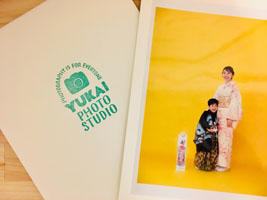 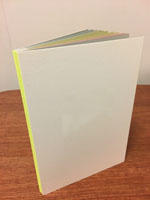 I don't get ink on a regular album because the mount is petaped.
"Akari Album" can be written because the mount is special!
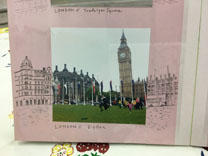 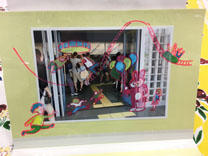 A sample in a bright photo studio. The picture is too good!
You can make your own album freely.
The number of photos you can get is very large. You can't get a photo unless you print it in ordinary studio shootings, but you can't get a photo. At the "Akari Photo Studio", almost all of the photos I took were given data.
Also, there was a folder called "Memories Photo", and I was glad that it contained the shooting.
When I thought, "Oh, something is good now," and when I returned home, I took a picture without hesitation.
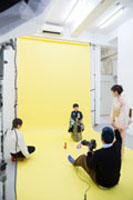 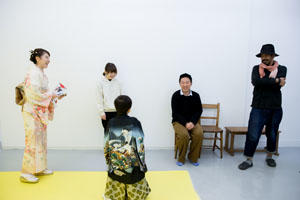 Two of the "memories photos" I took.
Every photo was too good, and I was very worried about which one to choose for New Year's cards and prints.
On the day of the shooting, my son was illuminated in his first dress, illuminated and whimsical fully opened, and he couldn't stand alone in front of the camera without leaving me....
There are seventy-five-three, right?...Laugh)
The completed photo was "Is there any such time? ? "Is it contained a number of the best moments that I couldn't even understand?
And in each photo, I felt that the daily state and relationship of our parents and children were very well oozing out. In addition, we are shy with parents and children, and in such a case, it is almost always hardened in the state of a cat borrowed, but at the `` Akari Photo Studio '', despite the first meeting and short time, I relaxed and laughed at it and enjoyed it. 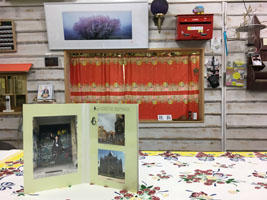 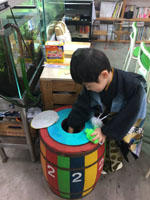 A waiting room that is fashionable and somewhat exciting. There was also a treasure chest with lots of interesting things.
Mr. Ikeda and the staff were all friendly and relaxed, and my feelings became lighter, and I think that I was really able to play with a camera.
Hiruko must have been the same~ You can see the photos taken at the Akari Photo Studio on Instagram and Facebook, but all of them feel like they are pulling out the essence that they have at that time and packing them quickly.
In addition, I felt like "life is light!" Birthday, anniversary, wedding, birth of child, Shichigosan, entrance ceremony, graduation ceremony, coming-of-age ceremony... There are other milestones for each person, but I think we can leave the best figure at that time. It was a good memory including shooting, and it was really good to ask the "Akari Photo Studio" for a commemorative photo.
I recommend it! ◆A bright photo studio HP: https://akarui-studio.com/ Address: 15-3, Nihonbashi-Daidenmacho, Chuo-ku Uchida Building 1F + B1F
The 10th Tourism Certification Examination Question 52
If you want to take a sightseeing test for the first time in a while, purchase the latest version of "Monoshiri Encyclopedia" and look at the 10th sightseeing test problem of spelling, ask. 52 says, "Beside the Chuo-ku government office annex, there is an explanatory version showing that there was a clan residence of the Tosa clan near Tsukiji 1-2-chome in the late Edo period. It is said that Sakamoto Ryoma, the priest of late Tokugawa shogunate, went to a dojo of a swordsman while sleeping in this clan residence. Who of the following is this swordsman?" That's right.
Indeed, on page 69 of Monoshiri Encyclopedia, "It is said that late Tokugawa shogunate's Shishi Sakamoto Ryoma went to the dojo of Sadakichi Chiba while staying at this clan's residence." If you remember this part accurately, you can easily give a correct answer, but it would be a little difficult to read so carefully. However, only too easy problems will lead to a series of high scorers, and it can be felt that the questions are quite devised. Regarding this, as I posted on November 25, last year, if you read "Ryoma Goes", you will be able to get the correct answer very easily. /archive/2018/11/post-5839.html
Once again, I quote the relevant part of "Ryoma Goes" (Ryotaro Shiba is described as "Chiba Sadayoshi"). "Ryoma was moved from a clan residence in Kajibashi to a clan residence in Tsukiji. In addition to Ryoma, most of the Wakai clansman were moved to two lower houses in Tsukiji and Shinagawa. This is one of the Tosa clan's defenses in preparation for the invasion of Kurofune Edo Bay. While the number of people was stationed at these two seaside mansions, they were building a Daiba in Shinagawa with the permission of the Shogunate. " (Bunshun Bunko Volume; Page 169) "``````````````````` After all, in order to make a great success, it is better to learn a great style. For that, the Kitashinichi sword style is good. "Oh, don't you be a teacher of Shusaku Chiba." The Xuanwu-kan in Chiba is said to be the three major dojos in Edo, along with Shunzo Momoi on the banks of Kyobashi clams and Yakuro Saito in Kojimachi, and divided the swords of the world into three parts. "... It's best to learn from Mr. Shusaku, but since he's already in old age, it's good to be used by Mr. Sadayoshi, his younger brother who has a dojo in Kyobashi Okemachi. Sadayoshi's dojo is called Kochiba against Otamagaike Pond's Ochiba." (Bunshun Bunko 1 volume; page 18) |
MenuArchiveLinks |
